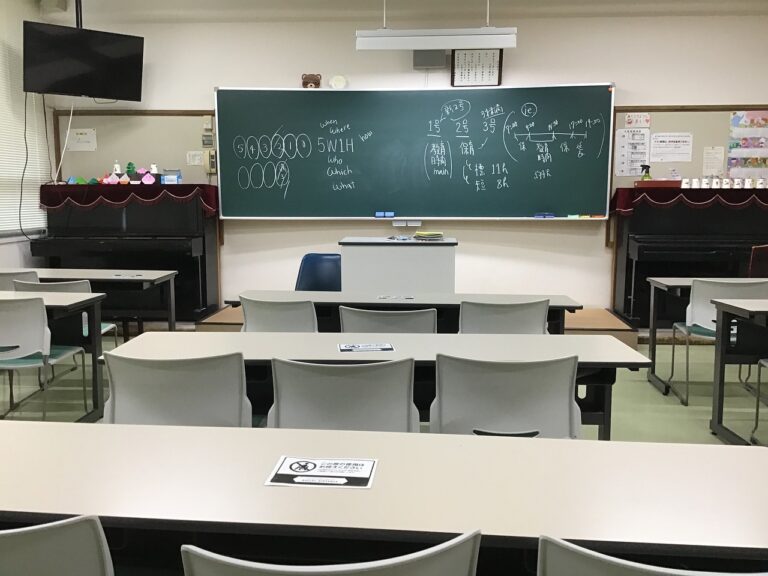Using Storytelling to Enhance Learning
Storytelling has been utilized as a teaching tool for centuries, transcending cultural and generational boundaries. When teachers incorporate narratives into their lessons, they create a powerful connection with their students. Through stories, complex concepts become more relatable and easier to grasp, fostering a deeper understanding of the material. Moreover, stories have the ability to ignite students’ imaginations and curiosity, making the learning process more engaging and enjoyable.
By weaving narratives into their teaching strategies, educators can cater to different learning styles and enhance overall retention of information. Stories have a way of humanizing content, making it more memorable and impactful for learners. Additionally, storytelling helps create a dynamic and interactive classroom environment, where students are not passive recipients of information but active participants in the learning process. This interaction fosters critical thinking skills and encourages students to think creatively and analytically about the subject matter at hand.
The Power of Engaging Narratives in Education
Engaging narratives have long been recognized as a powerful tool in education. When students are immersed in a compelling story, they become more invested in the subject matter and are more likely to retain the information being presented to them. Stories have the unique ability to capture students’ attention and make complex concepts more accessible and relatable.
Moreover, narratives can foster empathy and emotional connections among students, leading to a deeper understanding of different perspectives and experiences. By incorporating diverse stories and characters into the curriculum, educators can create a more inclusive learning environment where all students feel seen and represented. In this way, storytelling not only enhances educational outcomes but also promotes empathy, understanding, and cultural appreciation among students.
How can storytelling be used as an effective teaching tool?
Storytelling can capture students’ attention, make lesson content more relatable, and help students retain information better.
What are some examples of engaging narratives that can be used in education?
Examples include historical accounts, personal anecdotes, case studies, and fables.
How can teachers incorporate storytelling into their lessons?
Teachers can use storytelling to introduce new topics, explain complex concepts, provide real-life examples, and engage students in discussions.
Are there any benefits to using engaging narratives in education?
Yes, using engaging narratives can improve student motivation, increase comprehension, enhance critical thinking skills, and foster a deeper connection to the subject matter.
Can storytelling be used in all subjects and grade levels?
Yes, storytelling can be adapted to fit any subject area and grade level, making it a versatile and effective teaching tool for educators.





